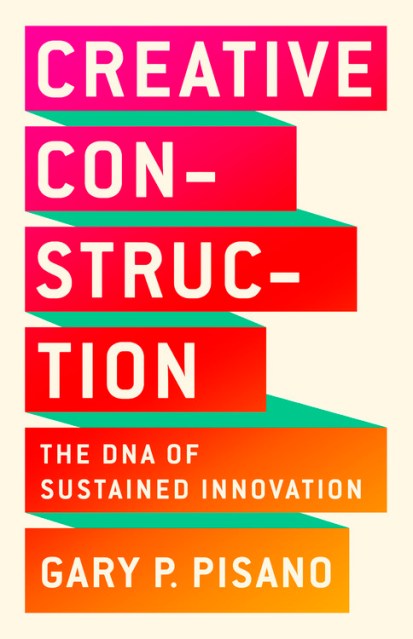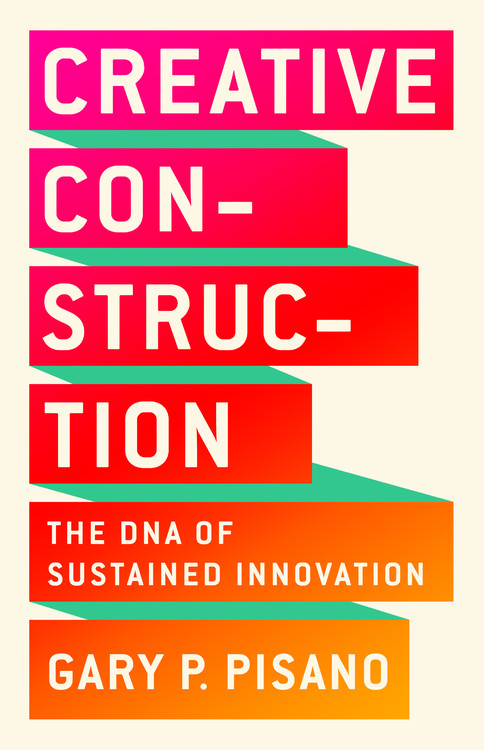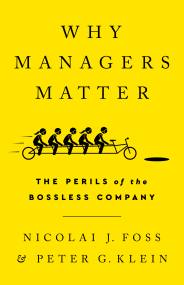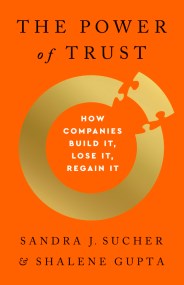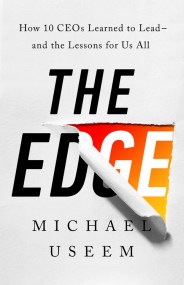Promotion
Use code MOM24 for 20% off site wide + free shipping over $45
Creative Construction
The DNA of Sustained Innovation
Contributors
Formats and Prices
Price
$30.00Price
$39.00 CADFormat
Format:
- Hardcover $30.00 $39.00 CAD
- ebook $18.99 $24.99 CAD
- Trade Paperback $17.99
This item is a preorder. Your payment method will be charged immediately, and the product is expected to ship on or around January 15, 2019. This date is subject to change due to shipping delays beyond our control.
Also available from:
Every company wants to grow, and the most proven way is through innovation. The conventional wisdom is that only disruptive, nimble startups can innovate; once a business gets bigger and more complex corporate arteriosclerosis sets in. Gary Pisano’s remarkable research conducted over three decades, and his extraordinary on-the ground experience with big companies and fast-growing ones that have moved beyond the start-up stage, provides new thinking about how the scale of bigger companies can be leveraged for advantage in innovation.
He begins with the simply reality that bigger companies are, well, different. Demanding that they “be like Uber” is no more realistic than commanding your dog to speak French. Bigger companies are complex. They need to sustain revenue streams from existing businesses, and deal with Wall Street’s demands. These organizations require a different set of management practices and approaches — a discipline focused on the strategies, systems and culture for taking their companies to the next level. Big can be beautiful, but it requires creative construction by leaders to avoid the creative destruction that is all-too-often the fate of too many.
Genre:
- On Sale
- Jan 15, 2019
- Page Count
- 288 pages
- Publisher
- PublicAffairs
- ISBN-13
- 9781610398770
Newsletter Signup
By clicking ‘Sign Up,’ I acknowledge that I have read and agree to Hachette Book Group’s Privacy Policy and Terms of Use
